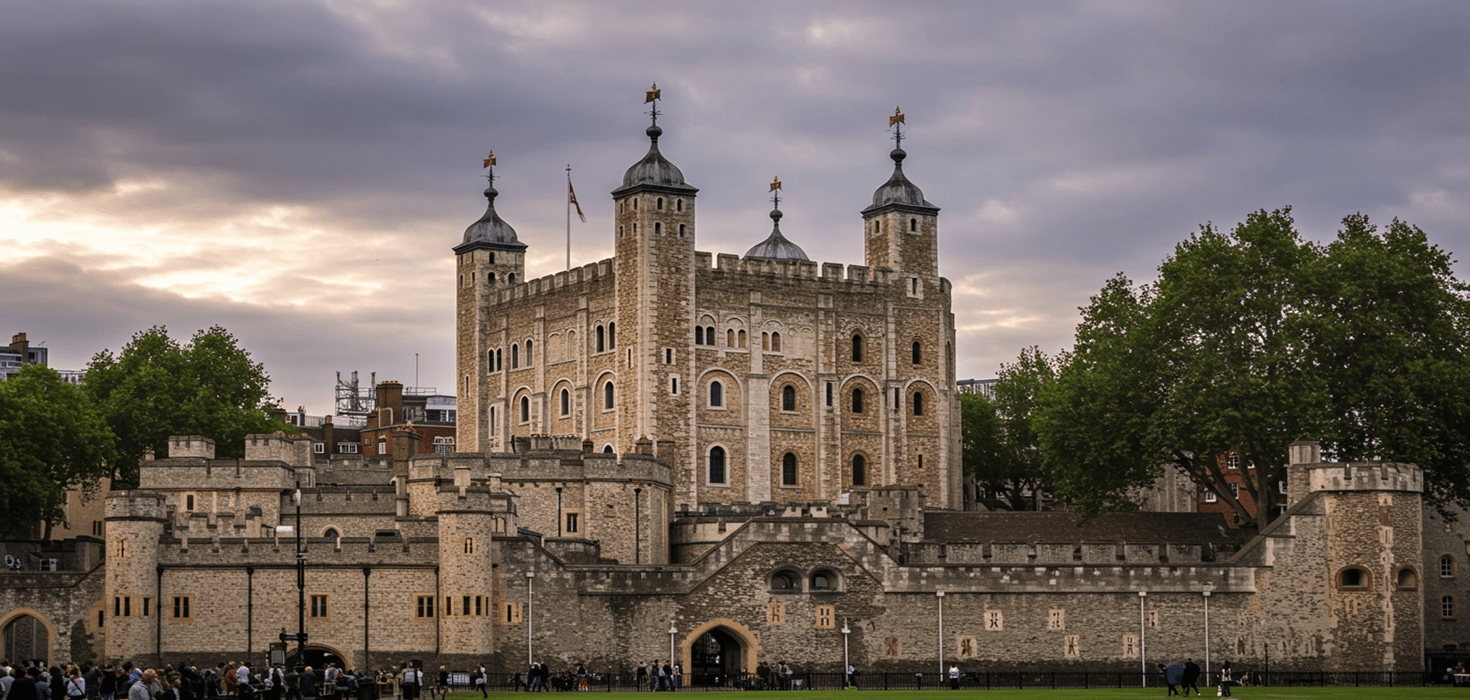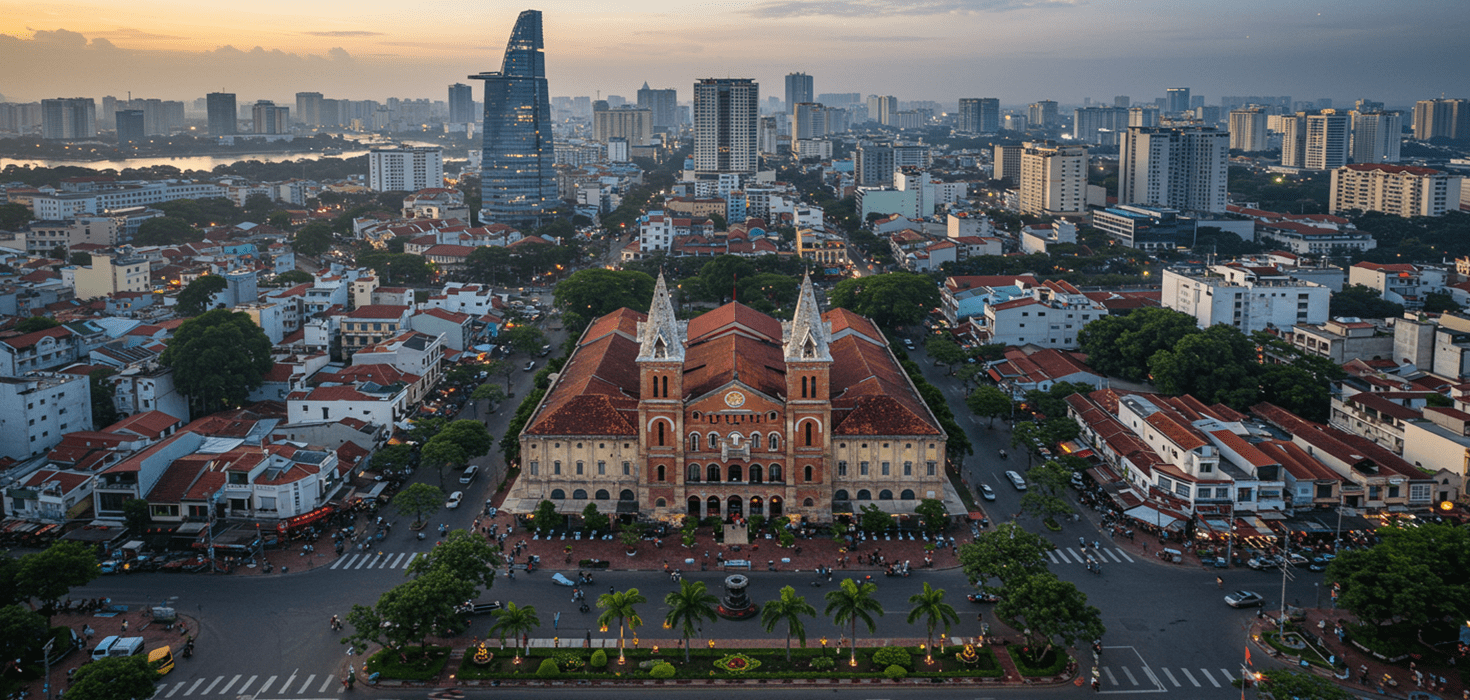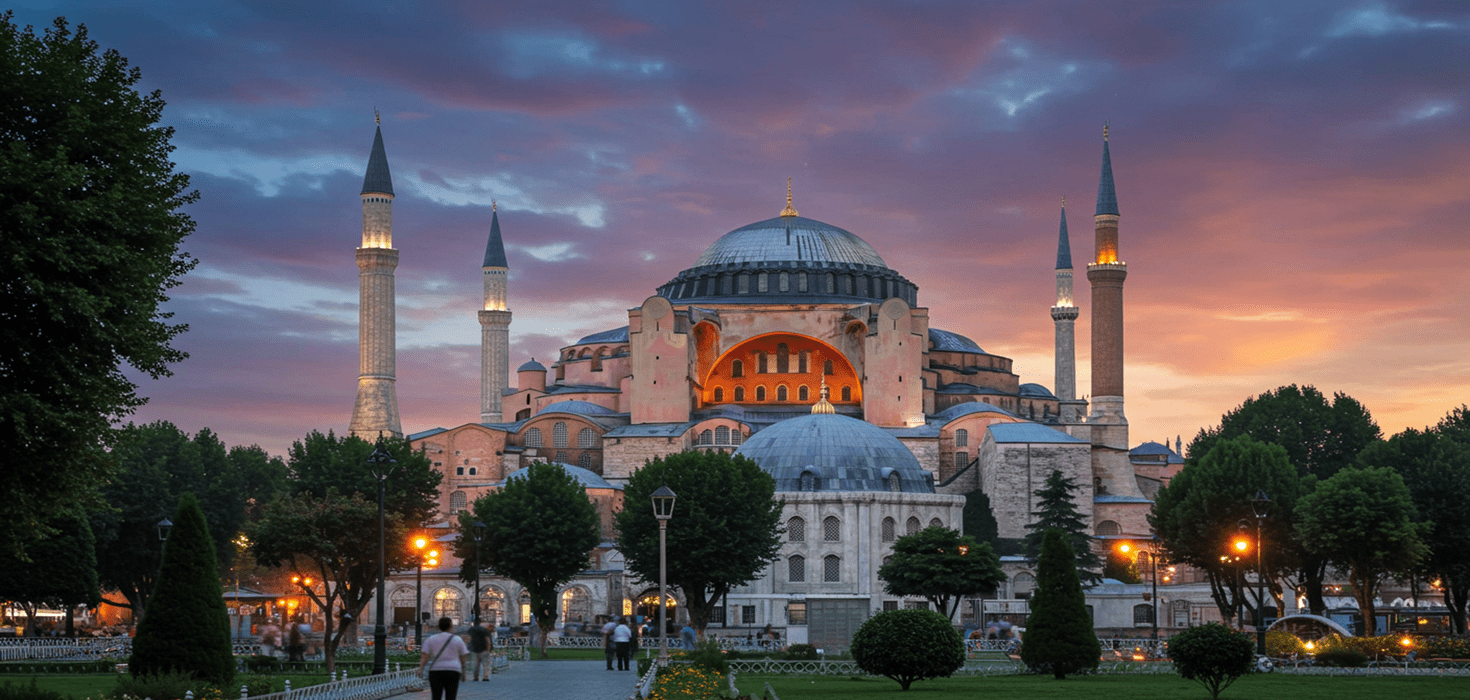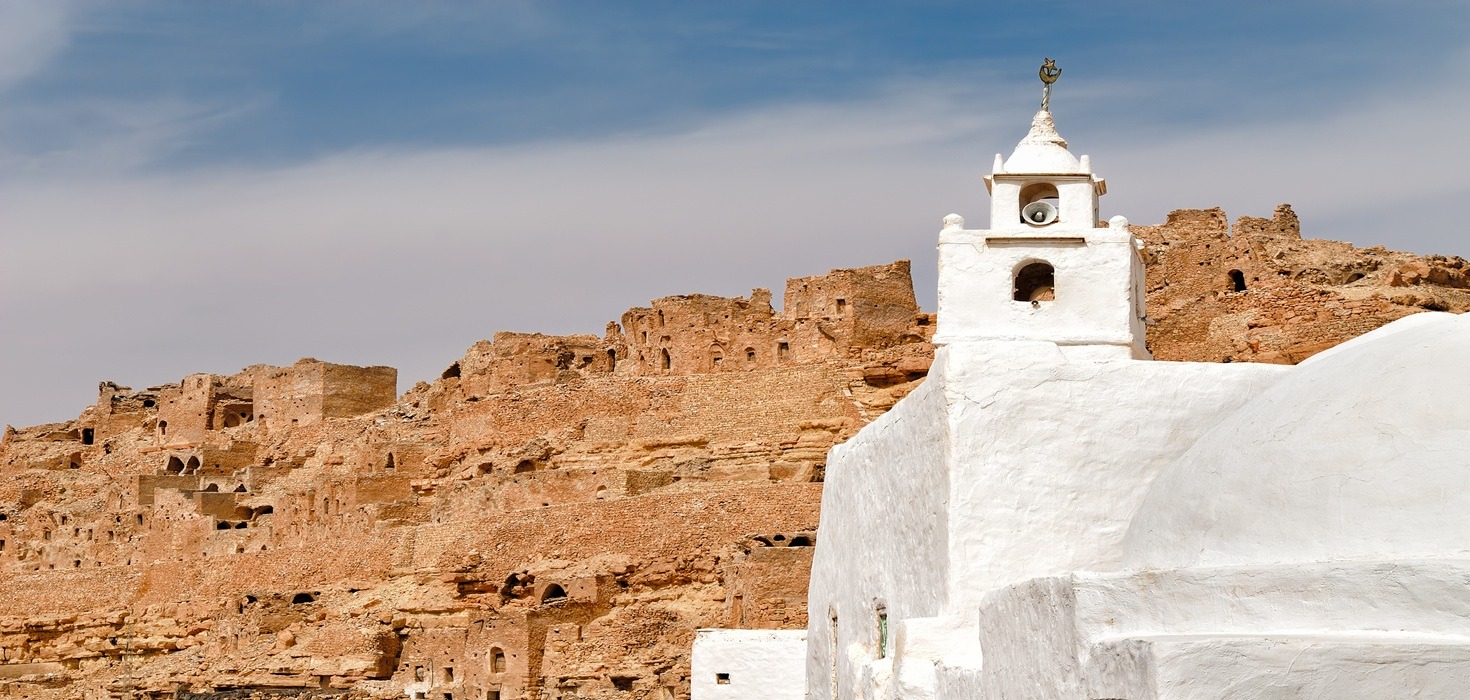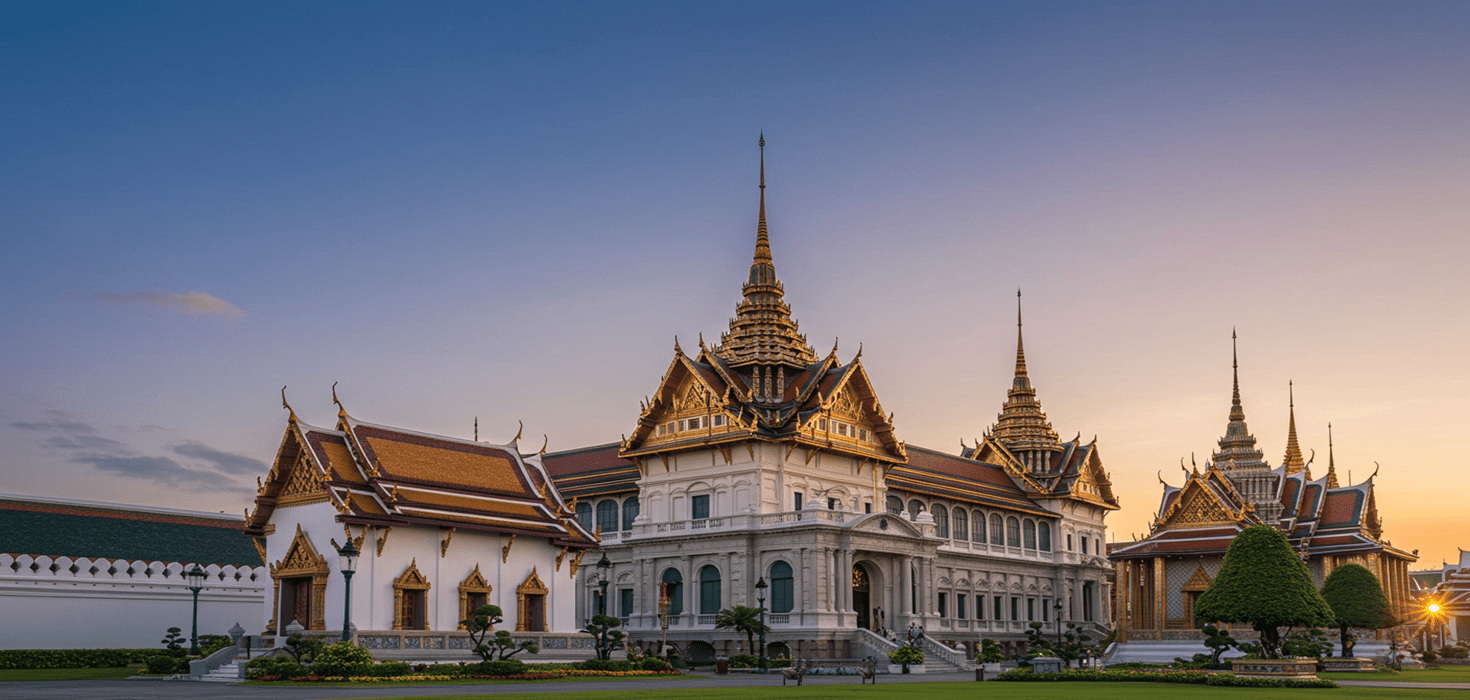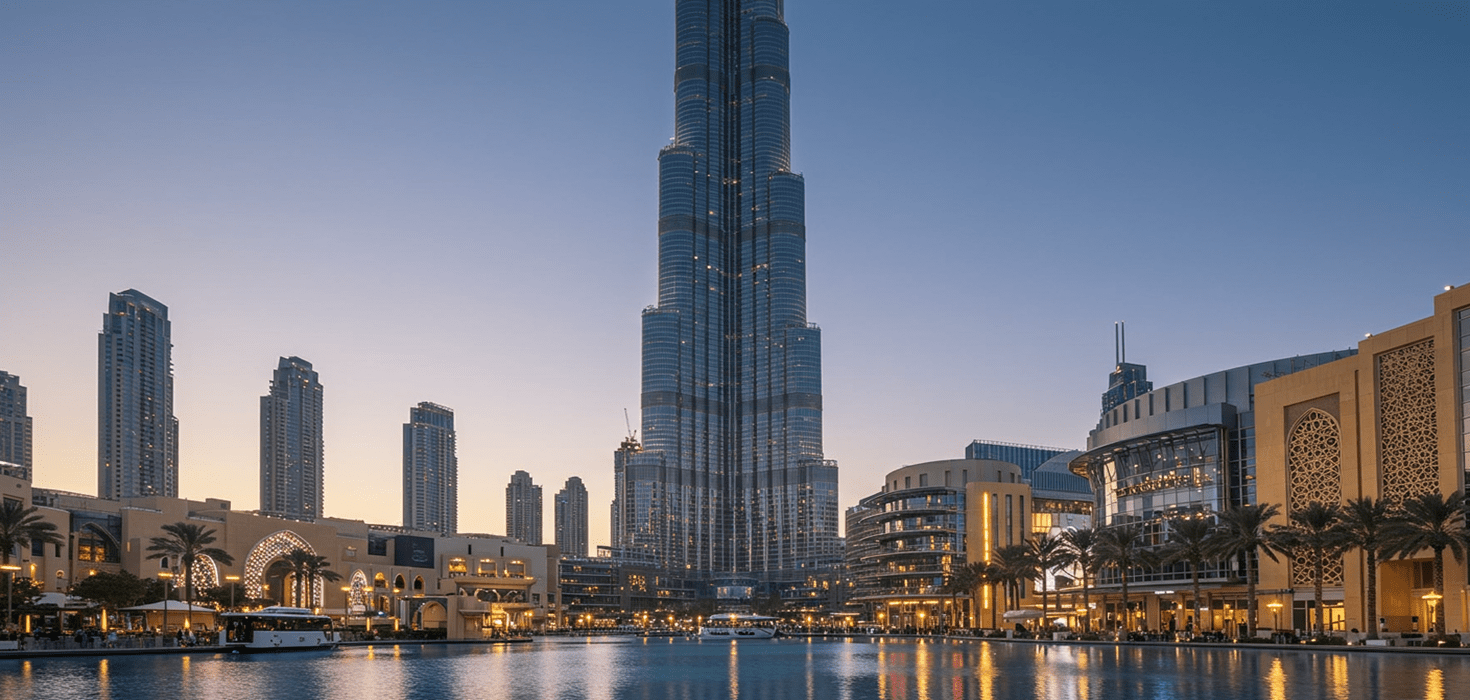Introduction
Welcome to Gyeongbokgung Palace, the crown jewel of Seoul and a true testament to Korea’s rich cultural and historical legacy! This magnificent palace, originally built in 1395, stands as a symbol of the Joseon Dynasty and is a must-visit for anyone wanting to immerse themselves in Korean history. With its stunning architecture, beautiful gardens, and fascinating stories, Gyeongbokgung Palace is not just a place to explore the past, but also a vibrant hub of fun and festivities.
As you wander through its grand gates, you’ll quickly discover that Gyeongbokgung is alive with energy and excitement. From traditional performances to seasonal festivals, there’s always something happening within its walls. Whether you’re a history buff, a culture enthusiast, or simply looking for a delightful day out, Gyeongbokgung Palace promises an unforgettable experience filled with joy and celebration. So, let’s step into this enchanting world and uncover the treasures that await!
Discovering Gyeongbokgung Palace: A Historical Overview
Gyeongbokgung Palace has a storied history that dates back over 600 years. Constructed during the early years of the Joseon Dynasty, it served as the main royal palace and was the heart of political and cultural life in Korea. The name "Gyeongbokgung" translates to "Palace of Great Happiness," and it truly lives up to its name with its majestic halls and serene gardens.
The palace was the site of countless royal ceremonies, including the coronation of kings and significant state events. It was here that the kings of the Joseon Dynasty ruled and shaped the course of Korean history. Although it faced destruction during the Japanese invasions in the late 16th century and the Korean War, Gyeongbokgung has been meticulously restored to reflect its former glory. Today, it stands as a proud reminder of Korea’s royal heritage and is a key highlight among historical sites in Seoul.
As you explore the palace grounds, take a moment to appreciate the intricate details of the architecture and the beautiful landscapes that surround you. The rich history of Gyeongbokgung Palace is not just in the stones and structures, but also in the stories of the people who once walked its halls. For a deeper dive into its historical significance, check out our guide to Discover the Majesty of Gyeongbokgung Palace.
Architectural Marvels: Exploring Gyeongbokgung Palace’s Design
The architecture of Gyeongbokgung Palace is nothing short of breathtaking. As you stroll through its expansive grounds, you’ll notice the harmonious blend of traditional Korean aesthetics and functional design. The palace features over 500 buildings, each showcasing the unique characteristics of traditional Korean architecture. The vibrant colors, intricate woodwork, and elegant curves of the roofs are all hallmarks of this stunning style.
One of the most iconic structures within the palace is the Geunjeongjeon Hall, where royal audiences were held. Its grand facade, adorned with colorful murals and ornate decorations, is a sight to behold. The hall is not just a beautiful building; it also symbolizes the power and authority of the Joseon kings. Another highlight is the Gyeonghoeru Pavilion, beautifully situated on a lotus-filled pond, offering a picturesque view that is perfect for photography enthusiasts.
As you explore, be sure to look for the subtle details that tell the story of Korean culture and history. From the stone pathways to the serene gardens, every element of Gyeongbokgung Palace has a purpose and a story to share. This architectural marvel is a testament to the craftsmanship and artistry of the Joseon era, making it a must-see for anyone visiting Seoul.
A Day of Festivities: Events and Activities at Gyeongbokgung Palace
Gyeongbokgung Palace isn’t just about history; it’s a lively venue for a variety of events and activities that bring the past to life! Every day, visitors can witness the captivating Changing of the Guard ceremony, a colorful reenactment that showcases the traditions of the Joseon Dynasty. This spectacle occurs at the main gate, Gwanghwamun, and is a fantastic photo opportunity, so be sure to arrive early for the best views!
In addition to daily events, Gyeongbokgung hosts seasonal festivals that celebrate Korean culture and heritage. From traditional music performances to craft workshops, there are endless ways to engage with the vibrant spirit of Korea. The palace grounds transform into a lively festival space, where visitors can enjoy traditional games, delicious street food, and cultural displays that highlight the richness of Korean traditions.
For those looking to enhance their experience, consider participating in one of the cultural activities, such as wearing a hanbok, the traditional Korean attire. Not only will you feel like royalty, but you’ll also gain access to special areas of the palace that are reserved for those in traditional dress. It’s a unique way to immerse yourself in the culture and create unforgettable memories!
Changing of the Guard: A Spectacle of Tradition
One of the most enchanting experiences at Gyeongbokgung Palace is the Changing of the Guard ceremony. This vibrant reenactment takes place daily at the main gate, Gwanghwamun, and is a feast for the senses. Picture this: a procession of guards in traditional uniforms, complete with colorful hats and ceremonial weapons, parading with precision and grace. The ceremony is steeped in history, dating back to the Joseon Dynasty, and it beautifully showcases the rich cultural heritage of Korea.
To catch the best view, aim to arrive at least 30 minutes early. The ceremony starts at 10 AM, 2 PM, and 3:30 PM, and it’s a fantastic opportunity for photography lovers. The colors, the sounds of the marching feet, and the dramatic flag waving create a captivating atmosphere that transports you back in time. Don’t forget to snap a few pictures as the guards take their positions—these moments are perfect for your travel album!
Cultural Experiences: Engaging with Korean Heritage
Gyeongbokgung Palace is not just a historical site; it’s a living museum where you can immerse yourself in the culture of Korea. One of the most delightful ways to do this is by wearing a hanbok, the traditional Korean attire. Imagine strolling through the palace grounds dressed in beautiful, flowing garments, feeling like royalty yourself! Not only does wearing a hanbok allow you to enjoy the palace from a unique perspective, but it also grants you access to certain areas that are restricted to regular visitors.
Several rental shops near the palace offer a variety of hanbok styles, so you can choose one that suits your taste. Many visitors love to take pictures in their hanboks against the backdrop of the palace’s stunning architecture. And don’t forget to check out the traditional performances that are often held in the palace courtyard. From folk music to traditional dance, these performances are a vibrant celebration of Korean culture that you won’t want to miss.
Festivals and Celebrations: Gyeongbokgung Palace’s Annual Highlights
Throughout the year, Gyeongbokgung Palace hosts a variety of festivals that highlight Korea’s rich culture and history. One of the most anticipated events is the Royal Culture Festival, which takes place in the spring and fall. During this festival, the palace comes alive with traditional performances, craft demonstrations, and interactive activities that engage visitors of all ages.
Another highlight is the Cherry Blossom Festival, where the palace grounds are adorned with stunning cherry blossoms. The sight of pink petals fluttering in the breeze against the backdrop of the palace is simply magical. Visitors can enjoy picnics, traditional games, and cultural performances, making it a perfect day out for families and friends.
Whether you’re interested in traditional music, dance, or crafts, there’s always something happening at Gyeongbokgung Palace. Keep an eye on the palace’s official website or local event listings to catch the latest happenings during your visit!
Culinary Delights: Tasting Local Flavors Near Gyeongbokgung Palace
After a day of exploring the wonders of Gyeongbokgung Palace, you’ll likely have worked up quite an appetite! Fortunately, the area surrounding the palace is home to a delightful array of dining options that offer a taste of authentic Korean cuisine. From cozy street food stalls to charming restaurants, there’s something to satisfy every palate.
Don’t miss trying bibimbap, a colorful rice dish topped with an assortment of vegetables, meat, and a fried egg, all drizzled with spicy gochujang sauce. Another must-try is tteokbokki, spicy rice cakes that are a beloved street food snack. For those with a sweet tooth, be sure to indulge in bungeoppang, fish-shaped pastries filled with sweet red bean paste.
For a more formal dining experience, consider visiting one of the nearby traditional Korean restaurants where you can savor a full-course meal known as hanjeongsik. This elaborate spread features multiple dishes, showcasing the best of Korean culinary artistry. Enjoying a meal near Gyeongbokgung Palace is not just about satisfying your hunger; it’s about experiencing the flavors of Korea in a setting steeped in history.
Capturing Memories: Photography Tips at Gyeongbokgung Palace
For photography enthusiasts, Gyeongbokgung Palace offers countless opportunities to capture stunning images. The combination of traditional architecture, lush gardens, and seasonal beauty creates a picturesque backdrop that’s hard to resist. Here are some tips to help you make the most of your photography session:
- Golden Hour Magic: The best time to shoot is during the golden hour—just after sunrise or before sunset—when the light is soft and warm, casting beautiful shadows across the palace grounds.
- Iconic Angles: Make sure to capture the iconic Gyeonghoeru Pavilion reflected in the lotus pond. This is one of the most photographed spots in the palace!
- Details Matter: Don’t forget to focus on the intricate details of the architecture, such as the colorful eaves and stone carvings, which tell a story of their own.
- People in Frame: Including people in your shots can add life to your photos. Capture visitors in hanboks or children playing in the gardens for a more dynamic composition.
With these tips in mind, you’re sure to leave Gyeongbokgung Palace with a collection of beautiful memories captured through your lens!
Practical Information for Travelers: Essential Visitor Tips
Before you set off for Gyeongbokgung Palace, it’s important to have all the practical details sorted out. Here’s everything you need to know to make your visit smooth and enjoyable:
- Tickets: Admission to Gyeongbokgung Palace is affordable, with tickets typically priced around 3,000 KRW for adults. You can purchase tickets at the entrance or online for convenience.
- Opening Hours: The palace is open from 9 AM to 6 PM (or 9 AM to 9 PM during the summer months), giving you plenty of time to explore its vast grounds.
- Guided Tours: For a deeper understanding of the palace’s history and architecture, consider joining a guided tour. Knowledgeable guides will share fascinating stories and insights that bring the palace to life.
For more detailed information about tickets and hours, check out our guide on Gyeongbokgung Palace Tickets and Hours.
Transportation and Accessibility: Getting to Gyeongbokgung Palace
Getting to Gyeongbokgung Palace is a breeze, thanks to Seoul’s efficient public transport system. The palace is conveniently located in the heart of the city, making it easily accessible by subway, bus, or taxi. Here’s how you can reach it:
- Subway: Take Line 3 (the Orange Line) and get off at Gyeongbokgung Station. Use Exit 5, and you’ll find yourself just a short walk from the palace entrance.
- Bus: Several bus routes stop near the palace, including buses 6011, 1711, and 1020. Check local bus schedules for the most convenient route.
- Taxi: If you prefer a more direct route, taxis are readily available throughout the city. Just tell the driver “Gyeongbokgung” and you’ll be dropped off right at the entrance.
Accessibility is also a priority at Gyeongbokgung Palace, with ramps and designated paths for visitors with mobility challenges. The palace strives to ensure that everyone can enjoy its beauty and history.
Seasonal Insights: Best Times to Visit Gyeongbokgung Palace
Each season at Gyeongbokgung Palace brings its own unique charm. Here’s a quick guide on what to expect throughout the year:
- Spring: Visit during the cherry blossom season in April to witness the stunning blooms that surround the palace. The Royal Culture Festival also takes place during this time.
- Summer: The longer days allow for extended visits, and the lush greenery makes for beautiful scenery. Just be prepared for warmer temperatures!
- Fall: Autumn paints the palace in vibrant hues of red and gold. This is an excellent time for photography and enjoying the cooler weather.
- Winter: The palace in winter is a serene sight, especially when covered in snow. While some events may be limited, the quiet atmosphere is perfect for reflection.
Regardless of when you visit, Gyeongbokgung Palace promises a captivating experience that highlights the beauty of Korea’s history and culture.
Safety and Health Guidelines: Staying Safe While Exploring
Your safety and well-being are paramount while exploring Gyeongbokgung Palace. Here are some guidelines to keep in mind:
- Stay Hydrated: Bring a water bottle, especially during the warmer months, as you’ll be doing a lot of walking.
- Respect the Space: Be mindful of the palace’s rules and regulations. Avoid touching the artifacts or climbing on structures to preserve their integrity.
- COVID-19 Precautions: Follow any health guidelines in place, such as wearing masks and maintaining social distance, to ensure a safe visit for everyone.
Fun Facts About Gyeongbokgung Palace: Discovering Hidden Gems
Did you know that Gyeongbokgung Palace was originally built in 1395 and has undergone numerous renovations and restorations? Here are some fun facts that will impress your friends:
- The palace was home to the Joseon Dynasty’s kings and their families for over 500 years!
- Gyeongbokgung features a stunning 45,000 square meters of beautiful gardens, providing a serene escape from the bustling city.
- It is said that the palace was designed in harmony with the surrounding natural landscape, reflecting the principles of traditional Korean architecture.
These tidbits add an extra layer of appreciation to your visit, making it even more memorable!
Commonly Asked Questions (FAQs) About Gyeongbokgung Palace
Here are some frequently asked questions to help you make the most of your visit to Gyeongbokgung Palace:
- What is the best time to visit Gyeongbokgung Palace? Any time of year offers a unique experience, but spring and fall are particularly beautiful due to the blooming flowers and changing leaves.
- Can I take photos inside the palace? Yes! Photography is allowed throughout the palace grounds, so don’t forget your camera!
- Are guided tours available? Yes, guided tours are available and can enhance your understanding of the palace’s history and significance.
With these answers, you’re all set to enjoy your visit to Gyeongbokgung Palace!
Detailed Day-by-Day Itinerary: Planning Your Royal Adventure
Ready to make the most of your day at Gyeongbokgung Palace? Here’s a suggested itinerary to help you explore all the highlights:
- Morning: Arrive early to catch the Changing of the Guard ceremony at Gwanghwamun Gate. Afterward, stroll through the palace grounds and visit Geunjeongjeon Hall.
- Lunch: Head to a nearby restaurant to sample some delicious Korean cuisine, like bibimbap or tteokbokki.
- Afternoon: Rent a hanbok and take photos around the palace. Explore the gardens and visit the National Palace Museum of Korea located nearby.
- Evening: If you’re there in spring or fall, enjoy a seasonal festival or performance. Alternatively, relax in the gardens and soak in the beauty of the palace at sunset.
This itinerary offers a well-rounded experience that captures the essence of Gyeongbokgung Palace and its surroundings!
With all these insights and tips, Gyeongbokgung Palace is sure to be a highlight of your trip to Seoul. The blend of history, culture, and festivities creates an unforgettable experience that invites you to explore, learn, and enjoy!



